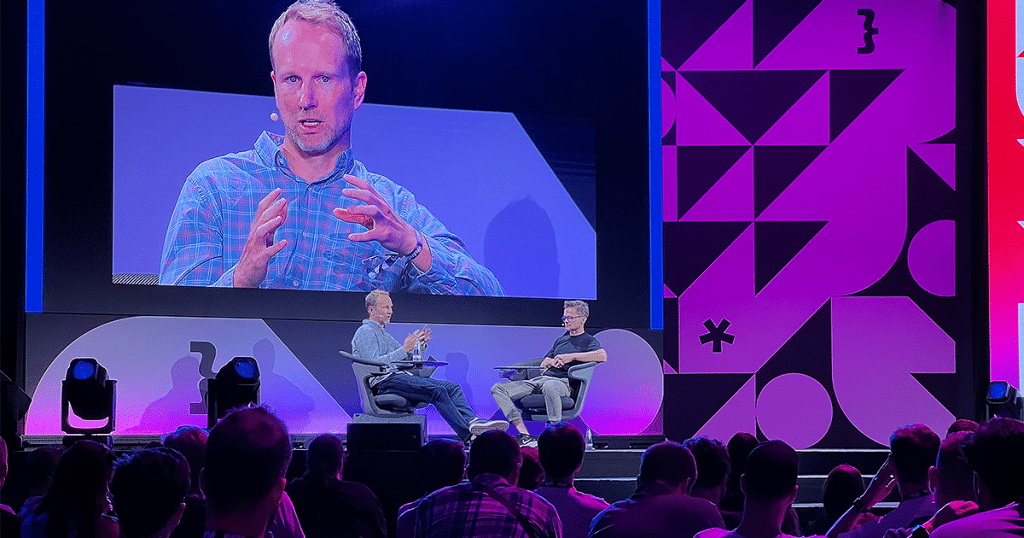Figma’s CTO: Design means nothing if you don’t ship it

Developers have always been a significant user base for Figma, the collaborative interface design tool, and recent efforts have been focused on improving the developer experience within the tool,
Figma’s CTO Kris Rasmussen shared recently when speaking at the WeAreDevelopers World Congress in Berlin.
Our tool addresses the gap between design and development by creating tools that cater to both, ensuring a smoother transition from design to production.
After spending the previous years of his career working for Aptana, RivalSoft Inc., and Asana, Rasmussen got the position of VP of Engineering at Figma, and five years later, he became the CTO. He started working with Figma in 2016, a month before its public launch. He was intrigued by its unique approach, combining graphics, real-time systems, and reactive programming.
Although it wasn’t initially committed to being entirely web-based, it chose to because of its potential for performance and consistency.

Design means nothing if you don’t ship it
Kris acknowledged the challenges of real-time collaboration and feedback, emphasizing the importance of balancing exploration with execution. Internally, Figma uses milestones and designated responsible individuals (DRI-s) to manage projects and ensure progress.
Product design doesn’t mean anything if you don’t actually ship the things you design, and you really need to build a new product design tool for a new type of product team.
He added that developers didn’t always want to navigate this big and messy TV canvas that a designer might brainstorm to find the specific version of the design that the designer wants or one of them to look at.
AI removing roadblocks
Rasmussen mentioned Figma’s AI efforts to automate tedious tasks, expediting designers’ and developers’ work. Popular features include automating mock-to-prototype transitions and renaming layers for better code structure:
We’ve been working on our AI release over the last year and just want to configure user confidence. Our focus for this initial release and our strategy on AI generally is to expedite many of the roadblocks designers and developers face every single day.
He said that instead of being focused on really dramatic ways AI will change the world, we should not underestimate the fact that AI is making many previously tedious and slow things much faster and more possible.




